Freeze dryers are a fantastic item to have in the home. They’re incredibly versatile and will preserve and extend the life of many things – not just food. If you own a freeze-dryer or want to invest in one, you might wonder which non-food items can be freeze-dried.
Many non-food items can be freeze-dried, including pharmaceuticals and biomedical items such as medicine and blood plasma. Freeze-drying is also popular in the cosmetic industry, and people can use freeze-drying to preserve personal care items such as shampoo and cleaning products.
Freeze-drying is the best way to preserve food and non-food items for long-term storage. It reduces the weight of products, making them easier to store – and they can last up to 25 years. Look at the facts below to know exactly what non-foods can be freeze-dried.
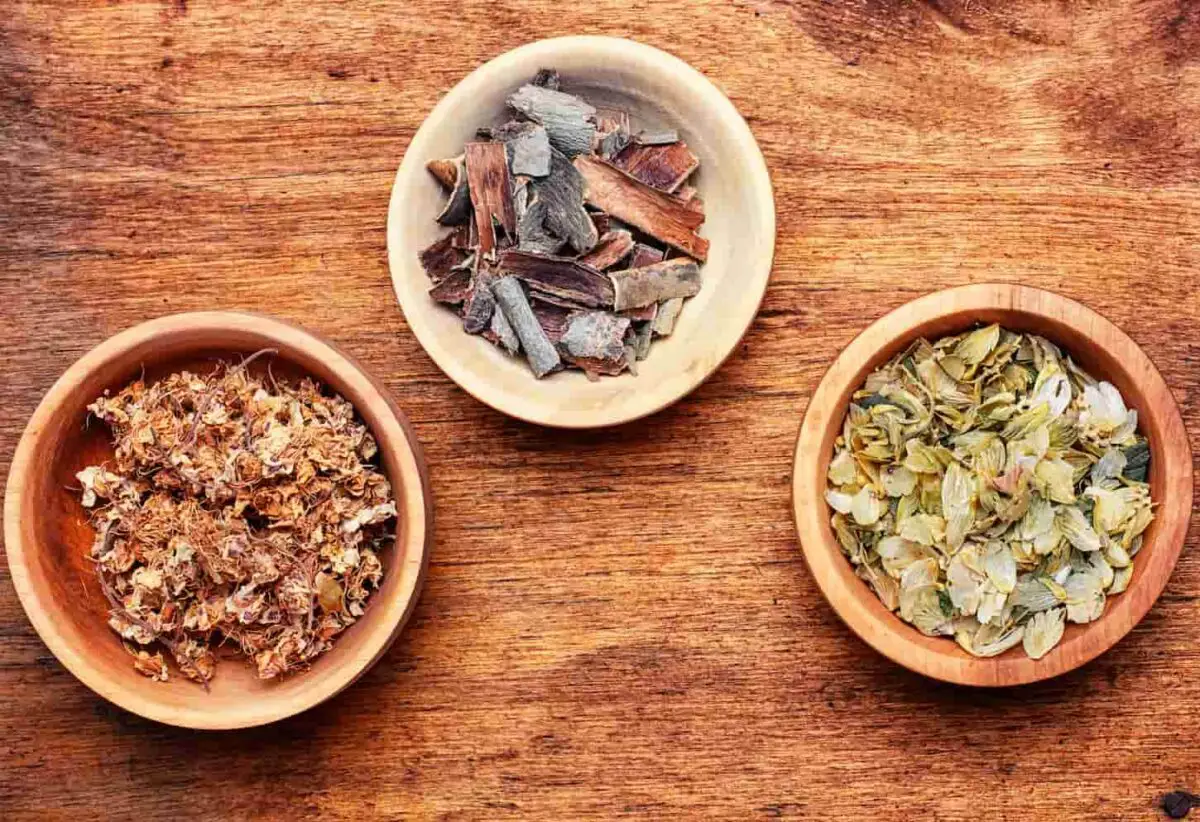
Advantages of Freeze-Drying Non-Food Items
Freeze-drying non-food items preserve their quality and increase their shelf life. It also reduces the weight and volume of products, making them easier to store and transport.
Below, we’ll take a closer look at the advantages of freeze-drying non-food items.
#1 – Preservation of quality
Unlike other storage methods, freeze-drying preserves the quality of items – most of these reconstitute back to their original state. Standard freezing and dehydration can damage the structure and quality of products, so they lose their original quality.
#2 – Prolonged shelf-life
Freeze-drying is one of the best ways to prolong the shelf-life of food and non-food items. Freeze-dried products have an average shelf life of 25 years, much longer than other preservation methods.
Freeze-drying is one of the most effective storage methods because it removes 98-99% of moisture. The result is that bacteria can’t thrive and destroy the products.
The key to prolonging the life of freeze-dried products is by storing them correctly. To do this, ensure the food is dry before storing it in mason jars or mylar bags. Keep the containers in a dry and cool place with low humidity and out of direct sunlight.
#3 – Reduced weight and volume
Freeze-dried food and non-food items are much smaller and lighter because they do not contain any moisture. Freeze-drying will reduce the weight of products by up to 90 percent.
#4 – Improved transportation and storage
Freeze-dried items are smaller and lighter, making them much easier to store and transport. This is one of the main reasons why NASA and the army depend on many freeze-dried items for their expeditions.
Freeze-dried products occupy less storage space and are easier to handle and move around, making them perfect for camping or hiking trips.
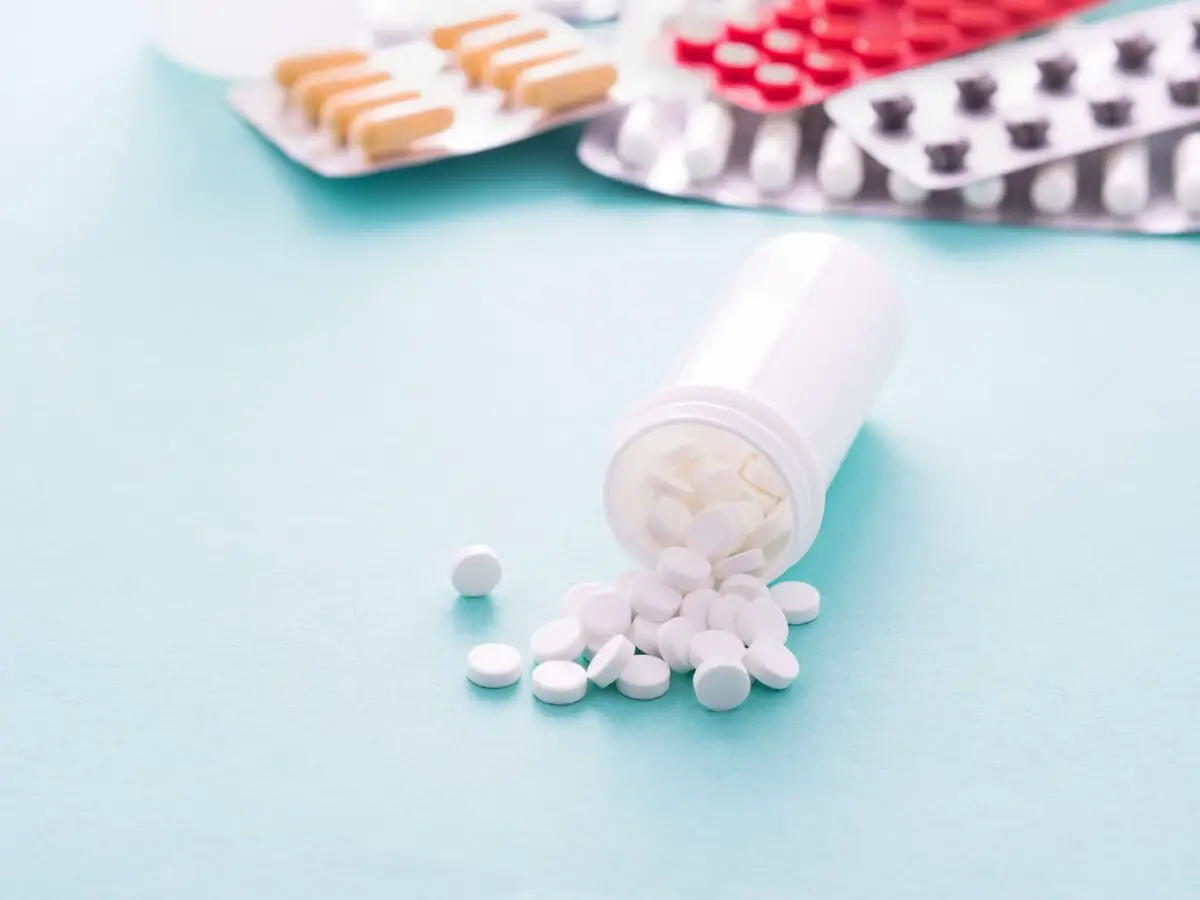
What Can You Freeze-Dry Besides Food?
People can freeze-dry many non-food items, including medicines, cleaning products, and personal care items such as shampoo, hand soap, and conditioner.
See the information below to understand better things we can freeze-dry besides food.
Pharmaceuticals
- Medicines
- Vaccines
- Supplements
Biomedical products
- Blood Plasma
- Tissues
- Cells
Personal care items
- Shampoos and soaps
- Conditioner
- Makeup
Industrial items
- Adhesives
- Paints
- Chemicals
Pharmaceuticals Can Be Freeze-Dried (some)
Freeze-drying, also known as lyophilization, has advanced the pharmaceutical industry – because it extends the shelf life of many medicines, vaccines, and supplements. Not only does freeze-drying prolong the life of pharmaceuticals, but it also makes storage and transportation much easier.
Storing frozen pharmaceuticals is expensive and runs the risk of ruining products if there is a power cut. Freeze-drying is a safer and more economical alternative to freezing.
Pharmaceutical freeze-drying is highly regulated to ensure safety, and laboratory freeze dryers must meet strict standards.
Medicines
Pharmaceutical companies freeze-dry many medicines to preserve their quality, effectiveness, and shelf life.
Some medicines, such as insulin, don’t freeze well and are hard to store long-term, so freeze-drying them can be an ideal solution to this problem. Granted, it works better when crypto-protectants are added, so the re-constituted insulin maintains its structural stability.
Freeze drying is also a fantastic way to preserve antibiotics because they are sensitive to their environment. Plus, freeze-dried antibiotics are easier to ship to areas where keeping the medicines frozen is problematic.
Vaccines
Vaccines are created in factories en masse and then shipped around the world. Freeze-drying has made vaccines more readily available because they’re easier to transport after freeze-drying.
Many vaccines, such as rabies, measles, and polio, are commonly freeze-dried. Not all vaccines freeze dry well, and scientists are trying to develop a way to freeze-dry the covid vaccine successfully.
Supplements
Freeze-dried supplements are becoming more advanced and are at the core of the nutraceutical industry. Freeze-dried foods have a high nutrient content and retain their active ingredients, making them ideal for supplements. Freeze drying can also preserve probiotics and natural enzymes.
Freeze-dried herbs and superfoods such as kelp are common in supplements. The nutraceutical industry has also recently begun incorporating things like freeze-dried lamb hearts and liver into some products.
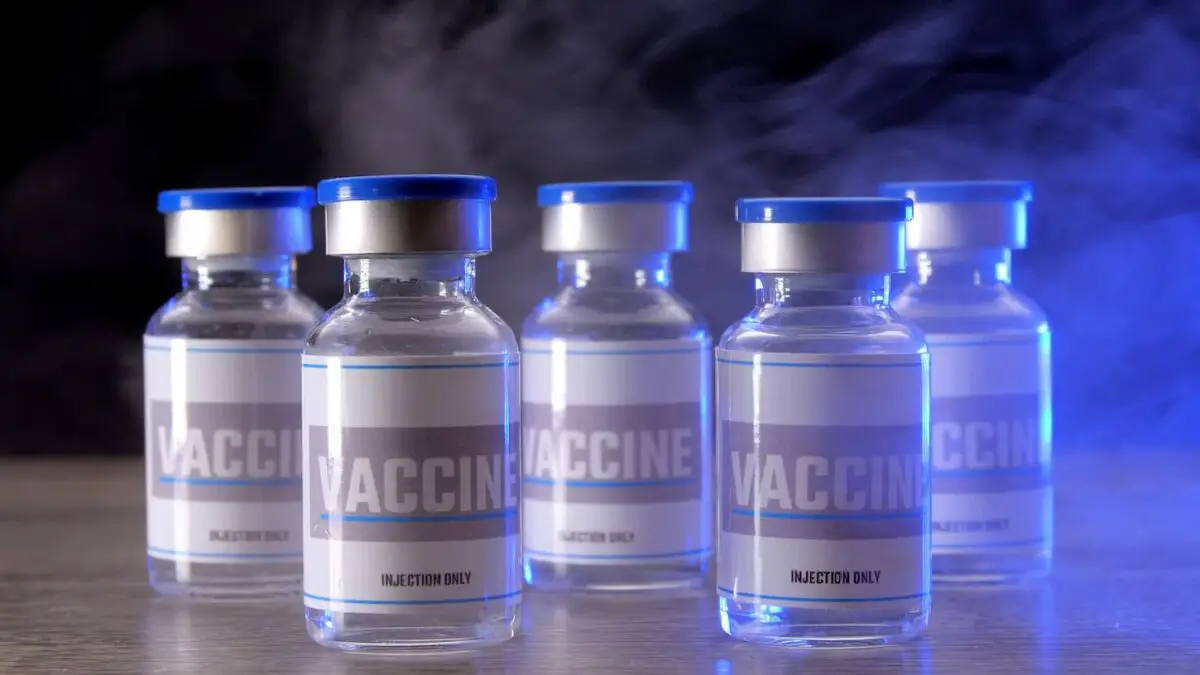
Biomedical Products that Can Be Freeze-Dried
Biomedical products are difficult to store long-term and must be frozen because they deteriorate quickly. Freeze-drying is a good alternative for storing biomedical products because it preserves their quality, extends their shelf life, and makes them easier to transport.
Blood plasma
Blood plasma must be frozen within 6 – 8 hours of collection to preserve its quality. But, freeze-dried blood plasma can be stored and transported at room temperature and rehydrated before transfusion. Freeze-drying removes the water from blood plasma and preserves the clotting proteins.
Tissues
Tissues are delicate, and freezing them can change their structure, so they must be stored with Cryopreservation – a freezing process that uses liquid nitrogen. Many tissues can be freeze-dried, simplifying the storage and transport process.
Cells
Cells are very similar to tissues and can be freeze-dried instead of undergoing Cryopreservation.
Personal Care Items
Freeze-drying personal care items can be a fantastic solution for long-term storage. Freeze-dried items take up less shelf space because they have less volume and do not need large jars or bottles. They are also easy to transport and are ideal for camping trips.
It’s good to have a supply of freeze-dried personal care products – so we never run out, and it’s also a fantastic way to stock up on a favorite brand if it gets discontinued.
Shampoos and soaps
Shampo is mostly water, so it freeze-dries well and is easy to reconstitute. It comes out like a thin bar of soap after freeze-drying, and we can break off pieces and lather them up with water.
If you’re going to freeze-dry shampoos at home, consider using a silicone mold to make freeze-drying easier. The end product will be more bar-of-soap-like. And the silicone molds are usually easier to wash (some are dishwasher safe) than the larger trays are.
Chemically speaking, many shampoos are similar to soap. I know there are differences and exceptions to that, but it’s something I remember learning in a chemistry class in college!
In any case, soaps are water-soluble and can freeze-dry. Use a mold to make things easier. They can bubble a ton and make a big mess.
Conditioners
Conditioner freeze-dries and reconstitutes well, just like shampoo.
Again, consider using silicone molds for the conditioner to make things easier and to speed up cleanup.
Makeup
There’s a rising trend in the cosmetic industry known as “Waterless Beauty,” which revolves around freeze-dried products. The cosmetic industry has adopted freeze-drying because it preserves products without additives.
Freeze-dried makeup is also better for the environment because it requires less water and packaging. It’s also more potent, less prone to oxidation, and can last for many years.
Industrial Items
It is handy to freeze-dry industrial items because they are practical and excellent to have in storage. People can freeze-dry some industrial products, such as cleaning liquids – but paint and adhesives are more complicated.
Adhesives
Most adhesives don’t freeze dry well because they contain solvents that aren’t water-soluble. Water-based glues, like Elmers, have a better chance of freeze-drying but may not reconstitute back to a liquid well and will be difficult to use.
Some homemade adhesives could freeze-dry if they’re water-soluble. If they need a solvent base, follow the recipe but don’t add solvent before freeze-drying. Add it to the freeze-dried product when you need to use it.
Paints
There are many types of paint, and some will freeze-dry, but there is little benefit to freeze-drying small quantities of paint. It’s very messy and may not reconstitute well.
If we want to freeze-dry a paint sample, it’s more practical to write down the name and number of the paint. Then, swipe some paint on the card and let it dry. You’ve got a great, dry sample right there.
Chemicals
It’s possible to freeze-dry some chemicals, such as cleaning products. However, things with a high alcohol or Isopropyl content, such as hand sanitizers and disinfectants, will completely evaporate during the freeze-drying process.
Some detergents and liquid soaps freeze dry well and are easy to reconstitute, but ultimately, we must experiment on a brand-by-brand basis. Some laundry liquids don’t reconstitute well, especially if inside a pod or already a solid. Don’t go opening the pods to freeze-dry them, either. It’s not worth the hassle!
Never freeze-dry hazardous chemicals such as bleach – there could be a toxic reaction, so don’t take the risk. If in doubt – don’t freeze-dry it.
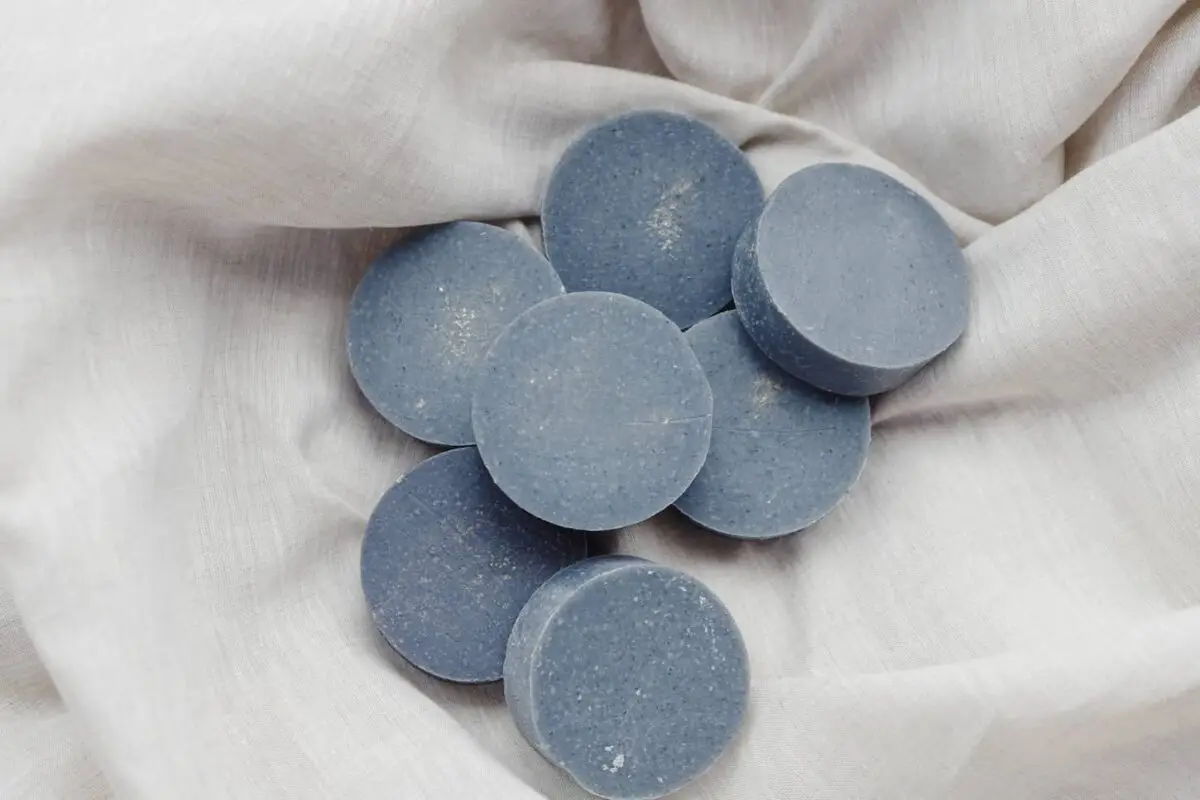
Can You Freeze-Dry All Non-Food Items at Home? Why or Why Not?
Freeze-drying pharmaceutical and biomedical products at home isn’t generally recommended because it is not safe or responsible and can be difficult and cost-prohibitive. People can freeze-dry other non-food items, such as personal care items and herbal supplements, at home if desired.
Why you shouldn’t freeze-dry biomedical and pharmaceuticals at home
The main reason not to freeze-dry biomedical and pharmaceuticals at home is a liability. You could be liable if someone took your homemade freeze-dried medication and had a bad reaction or negative outcome.
Do not freeze-dry pharmaceutical or biomedical products at home because their safety is not guaranteed. Pharmaceutical companies adhere to strict regulations and have liability insurance to ensure their medicines are freeze-dried safely.
Another reason not to freeze-dry medicines, pharmaceuticals, and biomedical items at home is difficulty and cost.
- Many medicines and vaccines in the United States that can be freeze-dried require a prescription. That makes it hard to get them, and they tend to be already freeze-dried anyway. Why go through all that effort?
- It’s tempting to freeze-dry some pet medicines at home, as those are easier to obtain and can be bought over the counter. However, unless you thoroughly understand how freeze-drying changes these medicines’ physical makeup and structural integrity, then freeze-drying any pharmaceuticals is a gamble.
- Opening your own biomedical facility (and freeze-drying your own biomedical products) sounds like a good way to make a huge physical mess – to be followed by a huge financial mess in the form of a lawsuit.
Personally, we draw the line at freeze-drying any medicines, pharmaceuticals, or anything that would be a liability risk. Freeze drying can change chemical and physical structures; we know our limits. We don’t recommend any at-home enthusiast freeze-dry these things, either.
You can freeze-dry some personal care items, supplements, and industrial items
Some personal care items, supplements, and industrial items can be frozen safely and effectively at home if properly understood. Never combine non-food and food items in the same load, and clean the freeze-dryer between loads carefully to stay safe.
It’s not a good idea to freeze-dry store-bought cosmetics at home because many are oil-based and won’t freeze-dry well. We could potentially freeze-dry botanical cosmetics or homemade natural ones.
Only freeze-dry adhesives at home if you have a good understanding of the science behind freeze-drying and solvents. If not, it’s much easier and safer to buy glue. It’s also tricky to freeze-dry paint at home because it’s messy and impractical to use in small quantities.
Never put hazardous chemicals in a freeze-dryer, such as bleach, because they can be dangerous during the process and/or future loads.
Be careful with bleach; mixing it with other common household chemicals can cause toxic fumes.
Which Non-Food Items Can be Freeze-Dried at Home?
People can use a home freeze-dryer to preserve many non-food items such as cleaning or personal care products and botanical, water-based cosmetics.
If we want to freeze-dry personal care items, putting them in ice cube trays or small, shallow containers is more practical so they are easy to handle, store and reconstitute. The trays will also be easier to clean afterward.
Never put non-food items in with food because there will be cross-contamination. This can make both end products unsafe and dangerous to use.
Make sure to clean the machine thoroughly afterward – so the food products don’t smell or taste like shampoo.
Fun Non-Food Items to Freeze-Dry at Home Everyone Can Try
People who want to have fun with their freeze-dryer can freeze-dry flowers for gifts or decorations. People can also dry medicinal herbs, aloe vera, or insects as nutritious snacks for pets or humans.
Here’s a list of four fun things to try in a freeze-dryer:
#1 – Flowers
Freeze-drying is a fantastic way to preserve flowers or bouquets from a special occasion because they retain their shape, texture, and color. Flowers must be fresh and crisp when we freeze-dry them for the best results.
We can use freeze-dried flowers to brighten a home or to create personalized, unique gifts, which we can present in a “shadow box.” We can also use them to make holiday wreaths – or for arts and crafts.
#2 – Medicinal and aromatic herbs
We can use a freeze-dryer to preserve many medicinal herbs, which we can use for tea or tinctures. Freeze-dried herbs retain all of their medicinal properties, taste, and aromas.
Freeze-drying is a fantastic way to extend the life of therapeutic herbs and flowers such as lavender, lemon balsam, mint, chamomile jasmine, rosehip, and hibiscus.
Aromatic herbs are another thing that can be freeze-dried. That way, you can keep the aromatic herbs on hand for when they’re needed.
#3 – Aloe vera
Freeze-dry aloe vera to make a potent powder for use on the skin or to add to creams and lotions. Aloe vera has many healing properties – it soothes irritated skin, bites, and burns, and we can also use it as a facemask.
The best way to freeze-dry aloe vera is to remove the skin and blend the pulp to make a gel. It crumbles easily when dry, and we can grind it into a powder.
#5 – Insects
Freeze-dry insects as a snack for animals or humans. This is handy if we have reptiles or chickens who benefit from them in their diet. We can freeze-dry many insects, including mealworms and crickets, and larvae, pupae, or insects to use as scientific samples.
Put live insects in the freezer in a bag or box for at least ten minutes before freeze-drying them. This is a humane way to terminate them.
We can use insects from a trusted breeder or home-bred ones if we want to use them as a human snack to ensure they aren’t contaminated with chemicals or pesticides. You can read more about freeze-drying insects in our guide here.
Best Non-Food Products to Freeze-Dry at Home
The best products to freeze-dry at home, aside from food, are personal care and cleaning products. Potentially, people can freeze-dry water-based adhesive, but it is messy and will not reconstitute very well.
Here’s a list of useful, non-food items we can freeze-dry at home.
- Shampoo
- Conditioner
- Liquid soap
- Cleaning products – such as liquid dishwashing detergent
- Homemade makeup – if it’s water-based with botanical ingredients
- Water-based adhesives – we can also freeze-dry homemade solvent-based adhesives if we understand solvents and freeze-drying
- Flowers
- Medicinal and aromatic herbs
- Aloe vera
- Insects
In my experience, the first 6 things on that list can be messy to freeze-dry. They do best in a silicone mold so they don’t get all over the tray – or worse, spill all over the freeze-dryer unit. The bottom 4 things on the list do well in silicone molds because it makes things easier and easy to have separate freeze-dried units.
Best Products for Freeze-Drying Non-Food Items
If you want to have some fun freeze-drying non-foods at home, ensure you’re set up to have an easier and better DIY experience with the right tools.
Best silicone trays for freeze-drying at home
- Best Option: If you’re doing a lot of freeze-drying in silicone molds, get the official Harvest Right silicone molds from their store. They fit right on the tray and take up the whole space, so you won’t waste any room. Make sure you get the right size, though!
- Good option: Get different silicone molds to have different-sized end products. Make sure that none of the molds are too large, though. This is probably the largest size I’d get if you want a circular end product, like a freeze-dried bar of soap or aloe.
Remember, too, that the bigger the item being freeze-dried (or, the bigger the silicone mold size), the longer it will take to freeze-dry. Smaller is better!
Don’t forget, too, to have storage options on hand. We like to keep a variety of Mylar bag sizes handy. We also keep an assortment of Mason jars (in all sizes) on hand for storing anything. We tend to buy the Mylar bags online but buy the Mason jars in person at our local market.
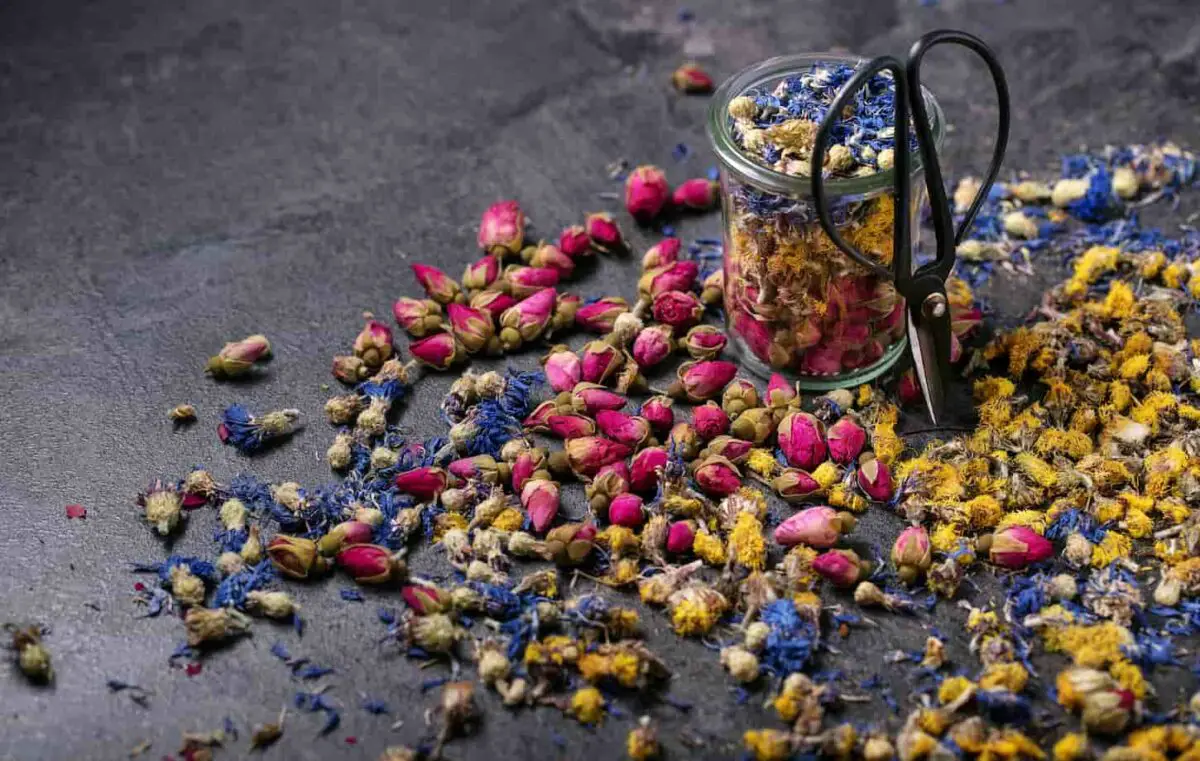
Next Steps
Freeze dryers are incredibly versatile and can preserve many items besides food. We can use them to preserve personal care and cleaning products such as shampoo and hand soap.
If we put personal care items in the machine, don’t put them in with food, and thoroughly wash the machine afterward to avoid contamination.
Don’t freeze-dry pharmaceuticals at home because there’s no way to ensure their safety, and never put hazardous chemicals, such as bleach, in a freeze-dryer. If we want to have fun with the machine, we can use it to dry flowers, medicinal herbs, aloe vera, or even insects.
Now that you know what non-food items can be freeze-dried, would you like to learn more about freeze-drying and storing your favorite foods? Check these articles out:
- Complete Guide to Freeze Dried Fruit (with pictures)
- How to Freeze Dry Candy and Sweets at Home
- Freeze-Dried Steak: the Complete Guide
- How to Freeze Dry and Store Your Favorite Foods: Guide with Pictures
They’re all great options, so enjoy them. Or feel free to use our search bar in our home menu to find what you want to read next. Let us know if you can’t find what you want or need to know next. We’d love to fix that.
Resources
Learning from your own experience is essential, but learning from others is also intelligent. These are the sources used in this article and our research to be more informed as homesteaders.
- A. (2023, February 6). Freeze-dried aloe vera: a natural miracle drug. Centralsun.com. https://centralsun.com/freeze-dried-aloe-vera-a-natural-miracle-drug/
- Companies turn to freeze-dry for stable nutraceuticals. (n.d.). https://www.nutraceuticalbusinessreview.com/news/article_page/Companies_turn_to_freeze_drying_for_stable_nutraceuticals/165410
- Esposito, V. (2020, September 21). History of Freeze Drying of Vaccines. Website. https://www.lyophilizationworld.com/post/history-of-freeze-drying-of-vaccines
- Freeze Drying Cosmetic | Korean Cosmetics | Daejong Medical. (n.d.). Daejongmedical-2023. https://www.daejongmedi.com/freeze-dried-cosmetic
- Howard, R. (2019, November 16). Freeze Dried Flowers for Holiday Centerpieces and Gifts. Harvest RightTM | Home Freeze Dryers | Freeze Dried Food Storage. https://harvestright.com/blog/2016/freeze-dried-flowers-for-holiday-centerpieces-and-gifts/.
- International Labmate. (n.d.). How is Freeze Drying Used in Pharmaceuticals? Labmate Online. https://www.labmate-online.com/news/laboratory-products/3/breaking-news/how-is-freeze-drying-used-in-pharmaceuticals/57365.
- 陆. Jiangsu Wan Bang Biochemical Medicine Co Ltd. (2012, June 20). Freeze-drying process of insulin. https://patents.google.com/patent/CN103512318A/en.
- L. (2021, January 4). Freeze Drying Aloe Vera Powder – Lab Instrument Manufacturer. Lab Instrument Manufacturer. https://www.labrotovap.com/freeze-drying-aloe-vera-powder/
- Ld, S. S. M. R. (2019, October 4). How to Make Aloe Vera Gel. Healthline. https://www.healthline.com/nutrition/how-to-make-aloe-vera-gel.
- Liz Ritter, Executive Editor. (2021, July 13). Everything to Know About Freeze-Dried Skin Care – NewBeauty. NewBeauty. https://www.newbeauty.com/freeze-dried-skin-care-benefits/
- M. (2022, October 19). Freeze-drying of food supplements – Eurolyo. Eurolyo. https://www.eurolyo.fr/en/fields-of-application/food-supplement/
- Phil at 4800 feet. (2021, November 15). Freeze Drying Non-Food Products [Video]. YouTube. https://www.youtube.com/watch?v=IV8brDWcBdI
- Starr, K. (2023, February 7). How To Freeze-Dry Insects (Crickets, Mealworms, Worms, Etc.). Backyard Homestead HQ. https://backyardhomesteadhq.com/how-to-freeze-dry-insects-crickets-mealworms-worms-etc/
- Wolkers, W. F. (2013). 085 Freeze-dried cells and tissues. Cryobiology. https://doi.org/10.1016/j.cryobiol.2013.09.091
- Wolkers, W. F., & Oldenhof, H. (2021). Principles Underlying Cryopreservation and Freeze-Drying of Cells and Tissues. Methods in Molecular Biology, 3–25. https://doi.org/10.1007/978-1-0716-0783-1_1
